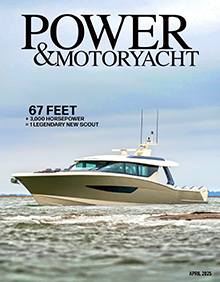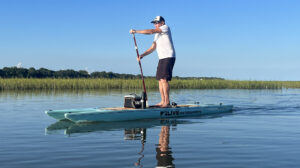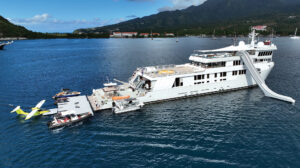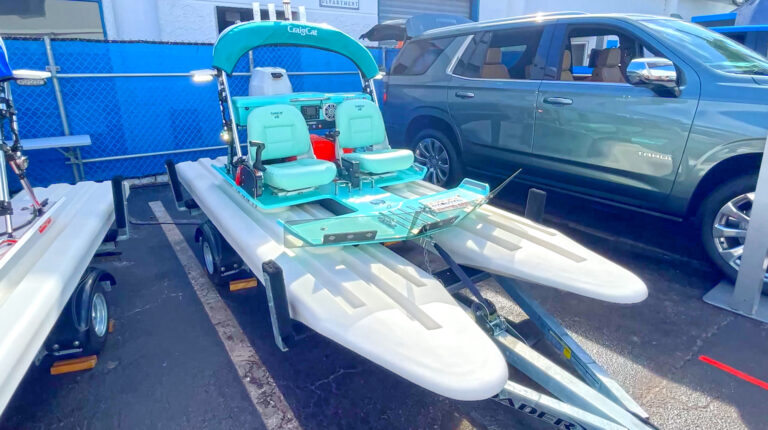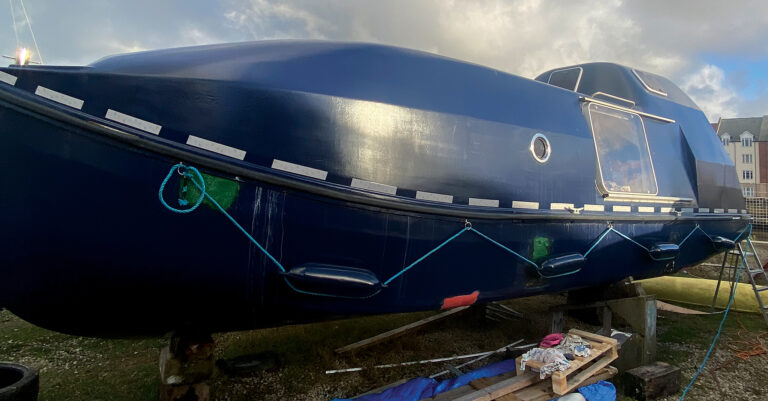Whether you call them life vests, lifejackets, or PFD (Personal Flotation Devices), using the proper life vest can save your life.
It was a sterling day on the Connecticut River, not a cloud in the sky, and the air was crisp and warm; a perfect day for my girlfriend, Karen, to paddle around on our kayak while I kicked back in the cockpit of our boat. Stepping from the kayak to the boat, she lost her balance and fell into the water, only to surface a second later, laughing.

I wasn’t. I saw that the auto-inflate PFD she was wearing, and has been wearing religiously for years, had failed to inflate. It turns out that the CO2 cartridge had been compromised. Thus began an impromptu test of our other auto-inflate vests. I quickly learned that the lightweight, suspender style PFD has some inherent faults.
Sure, it’s convenient to wear above water, but have you ever tried to swim in one of those? It’s designed to keep only your head above water, and can be so tight around your neck when it inflates that it nearly chokes you (you need to be mindful enough to quickly discharge some of the pressure). Another potential downfall, I learned, is that it’s nearly impossible (even when on land) to put the auto-inflate PFD on after it’s been activated. I should know, I tried.

“I prefer manual PFDs over auto-inflate ones,” explains retired Coast Guard rescue swimmer and boater-safety expert Mario Vittone. “Life jackets are made to be used in the water. But most people shopping see them in the store and think, Oh, this is comfortable, and they are … on deck. In the water, the neck size is so small when it inflates, you’ll choke. That’s bad. You hang from these things by your neck and back.”
Lesson learned. Frustrated, I drove to West Marine and bought a manual Windward Paddle Life Jacket ($70), and redid the test with Karen as an accomplice. The manual vest supported her front and back and kept her torso higher up, out of the water. It was also much easier to swim with and to put on when in the water (which is not recommended).
The takeaway from our test: Auto-inflate vests are better than nothing, but manual vests are best.
This article originally appeared in the November 2016 issue of Power & Motoryacht magazine.

